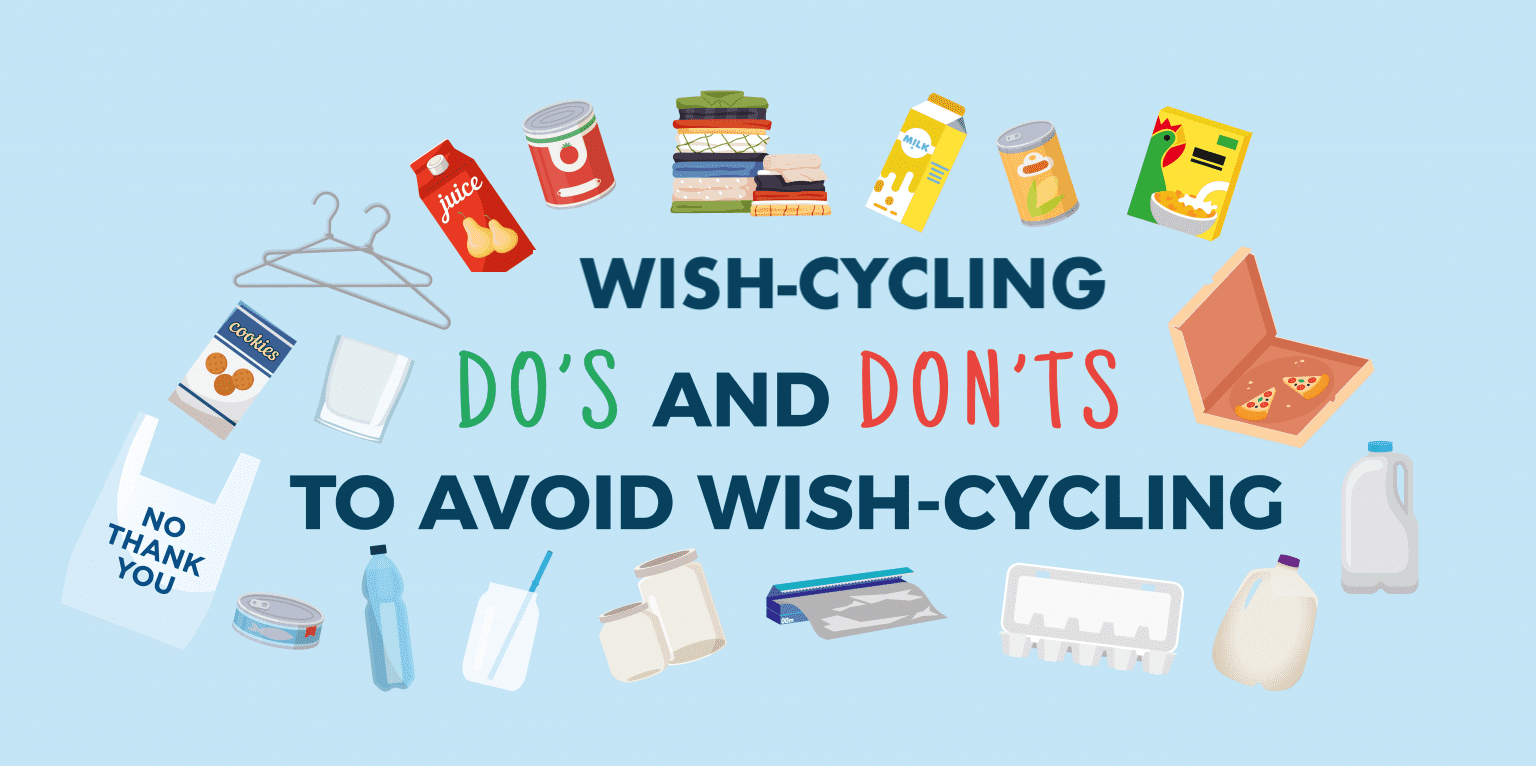Wish-Cycling: What It Is and How to Avoid It?
Recycling is a great way to reduce waste and help the environment, but many people fall into the trap of “wish-cycling.” Wish-cycling is the act of putting items into the recycling bin that the person hopes or wishes can be recycled, even if they are unsure whether or not it is actually recyclable. This can lead to contamination of the recycling stream and can ultimately cause more harm than good.
In this blog, we’ll discuss what wish-cycling is, why it’s a problem, and how to avoid it.
Wish-cycling is a common problem that can cause contamination of the recycling stream and lead to more items being sent to landfill. By following a few simple steps, you can help to reduce contamination and ensure that your recyclables are being processed correctly. Remember to know what items are accepted in your community, properly prepare recyclable items, avoid putting non-recyclable items in the recycling bin, and reduce the amount of waste you produce in the first place. By doing these things, you can help to build a more sustainable future.
Got a question?
Let’s discuss on our Facebook community of sustainability experts and enthusiasts helping us to build the future of plastic recycling.
Let’s go circular together!

